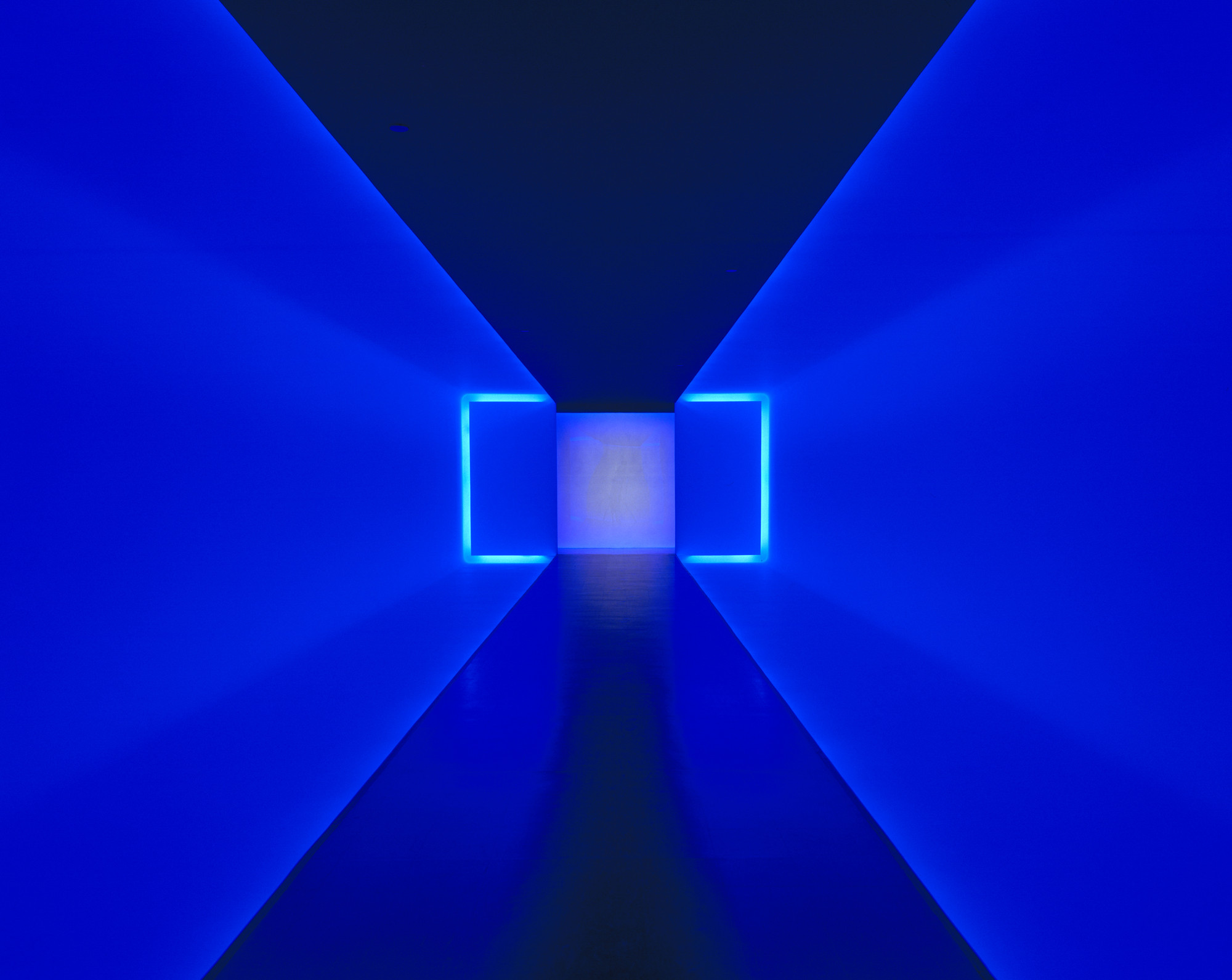"...the Imagination (or love, or sympathy, or any other sentiment) induces knowledge, and knowledge of an 'object' which is proper to it..."
Henry Corbin (1903-1978) was a scholar, philosopher and theologian. He was a champion of the transformative power of the Imagination and of the transcendent reality of the individual in a world threatened by totalitarianisms of all kinds. One of the 20th century’s most prolific scholars of Islamic mysticism, Corbin was Professor of Islam & Islamic Philosophy at the Sorbonne in Paris and at the University of Teheran. He was a major figure at the Eranos Conferences in Switzerland. He introduced the concept of the mundus imaginalis into contemporary thought. His work has provided a foundation for archetypal psychology as developed by James Hillman and influenced countless poets and artists worldwide. But Corbin’s central project was to provide a framework for understanding the unity of the religions of the Book: Judaism, Christianity and Islam. His great work Alone with the Alone: Creative Imagination in the Sufism of Ibn ‘Arabi is a classic initiatory text of visionary spirituality that transcends the tragic divisions among the three great monotheisms. Corbin’s life was devoted to the struggle to free the religious imagination from fundamentalisms of every kind. His work marks a watershed in our understanding of the religions of the West and makes a profound contribution to the study of the place of the imagination in human life.Search The Legacy of Henry Corbin: Over 800 Posts
Wednesday, January 4, 2017
Spiritual Light in the work of James Turrell
Cosmopolis, no. 3-4, 2016
Daniel Proulx
Daniel Proulx, philosophe et religiologue. Spécialiste de la pensée de Henry Corbin et du rôle de l’imagination dans l’expérience spirituelle, il tente de contribuer à un renouveau des études sur Henry Corbin en valorisant l’aspect philosophique de son œuvre. Il poursuit actuellement un doctorat de philosophie à l’Université catholique de Louvain sur la conception de l’histoire chez Henry Corbin. Il est membre actif des associations des amis de Henry Corbin et de Gilbert Durand.
Résumé
En reversant le rapport usuel à l’espace et à la lumière James Turrell, ne propose pas une simple modification ou altération d’un espace, il propose, en faisant de la lumière, non pas ce qui fait voir une œuvre, mais l’œuvre elle-même, une véritable transfiguration qui laisse un instant transparaître ce que l’on pourrait facilement caractériser comme la nature spirituelle d’un espace. Ce texte propose une analyse de l’œuvre de Turrell en se demandant si son travail n’est pas une représentation visuelle, mais aussi expérientielle pouvant aider les philosophes à comprendre les nombreuses descriptions mystiques qui font appel à la lumière.
Subscribe to:
Post Comments (Atom)








No comments:
Post a Comment